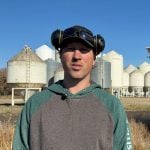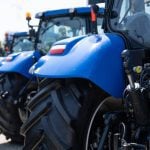
Tag Archives Grazing

New high-performance forage training program to launch in 2026
Program is meant to be a resource for farmers, agronomists and others in the forage sector

Grazing alfalfa without fear of bloat
Targeting the proper growth stage and slowing digestion can make alfalfa a safer and beneficial grazing option

Grazing fails to move needle on cover crop soil health study
Saskatchewan and Manitoba research found soil benefits from cover crops, but grazing made surprisingly little impact.

Watch out for pasture poisons where livestock graze
Western water hemlock leads the pack on toxic plant grazing risks
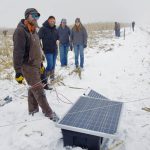
Life hacks for winter fencing
Tips for temporary fencing when corn grazing
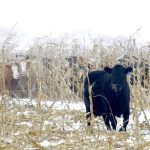
Corn-soybean intercrop put to grazing test
The novel crop combination is getting an even more novel utility test
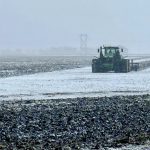
PHOTOS: November in photos
Through the Lens: A snowy start melted into a mild month

‘Little hammers’ control weeds on organic farm post-harvest
Tillage, grazing and cover crops make up organic post-harvest toolbox

Turning back the clock with grazing
Cattle can help fill the biodiversity void left from the loss of bison

Rotational grazing training ground
Western Manitoba operation trains a new group of animals every year

